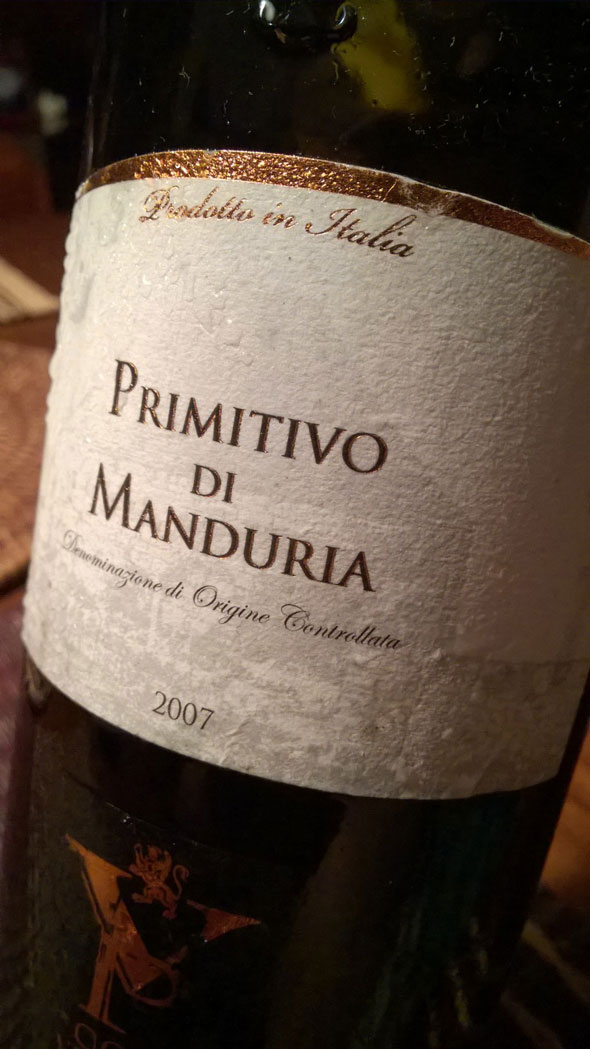Microsoft makes many right moves currently. The announcement of the smart Band for instance is right down my alley. It will smoothly interact with the first (and probably last) Nokia phone I got in a long time, the Nokia Lumia 830. I didn’t only leave the iOS ship for the Lumia’s stellar 10MP Zeiss camera that shines in low light. If you haven’t paid attention to Windows Phone 8.1 recent advancements, well this might be the time.
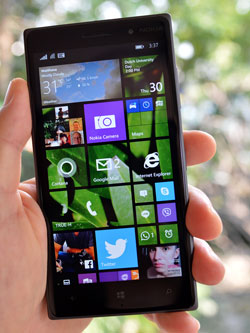
So maybe I bought the last Nokia smartphone ever produced. Announced in September, a long history of quality hardware will soon end. Everyone seemed to have owned at least one Nokia phone at one time. Then came Apple and changed the game. Microsoft acquired Nokia in April 2014, and with it the excellent PureView imaging technology.
Microsoft will drop the brand name and unveil a first Microsoft Lumia device soon. I trust it will be a great device, yet I just wanted to make sure to get a last Nokia, because Nokia always meant great hardware and serious quality. And what’s also nice? Nokia doesn’t plaster its logo all over the phone like Samsung does. The Apple minimalism. Like it.
I’ll talk about the camera further below, but just that you know, the 830 is not even Microsoft’s current flagship phone. Even though the 830 has a lower specd screen than the earlier announced, “faster” Nokia Lumia 930 flagship, I did an extensive side-to-side comparison and must say: the cheaper eats the more expensive phone.
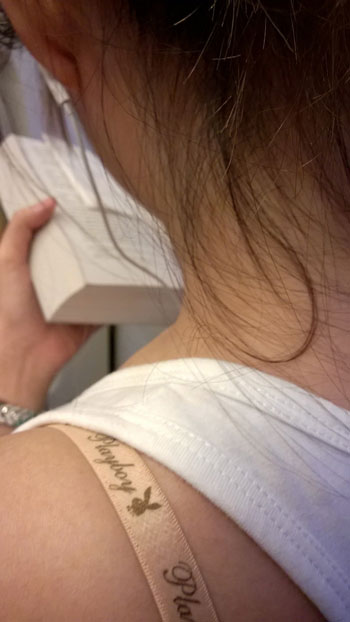
Fast, snappy, a pleasure to hold and look at, leaving the iPhone has never been made easier. The Lumia 830 costs about half of what Apple asks for the iPhone 6, and once you get the hang of Windows Phone 8.1 you’re easily sold. At least me. For now. This operating system is much more personal and “individual” than iOS which basically is a playground with strict rules and regulations. Windows Phone integrates the user, it’s a more interactive experience.
Nevertheless, Windows Phone 8.1 is still a bit rough around the edges with minor teething issues, such as you can’t set a default alarm, but a lot of thinking has gone into details and just that the live tiles of the start screen are a very good reason to give this OS a good look. Apps “live,” they’re updated in real time, offering a very pleasing sight in combination with your image of choice as a background. To get a feel for it, you can give Lumia Phone a try.
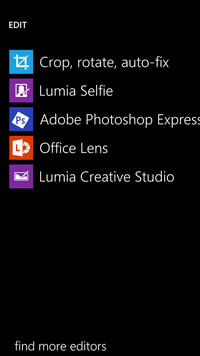
Moving over from iOS is a piece of cake. Integration leaves nothing to be desired. The phone synchronizes iCloud, Google Mail or whatever you’re using. Right, it’s said that apps are the system’s weak spot. This is certainly valid if you’re looking for localized apps. Every entrepreneur first develops an iOS and Android app, and only then maybe something for Windows Phone. Yet, the standard apps available are top of the line in terms of functionality, design and ease of use — and actually an often ignored strength of Windows Phone. What Microsoft and Nokia do, they do right.
Take the new iPhone 6’s heavily marketed 240 fps slow motion video. Doesn’t come in-camera with the Lumia 830, but a nifty free app called Slow Camera does exactly the same. And not happy with the phone’s burst rate? The Lumia offers Smart Sequence. Or get the free Microsoft app Blink, delivering more burst power than you’ll need in a phone…
Nokia’s in-house Nokia Camera app gives all the manual controls you need, and this in a smooth, intuitive way, certainly something Apple might have been aware of. Look at the iOS 8 camera. An Nokia’s Lumia Selfie app? Let me say that much: it’s quick, easy and fun. Ever fine-tuned facial details with a few clicks and strokes?
Another plus: great for macro with a minimum focus distance of a few centimeters. The only fly in the ointment so far: can’t control the bright F2.2 aperture. There should be a way to at least electronically stop down the lens to better play with background isolation and depth of field.
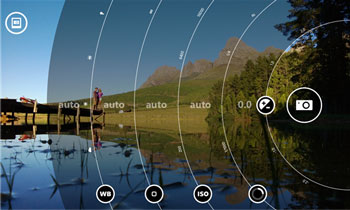
+++ You can order the Lumia 830 from Amazon and eBay.
